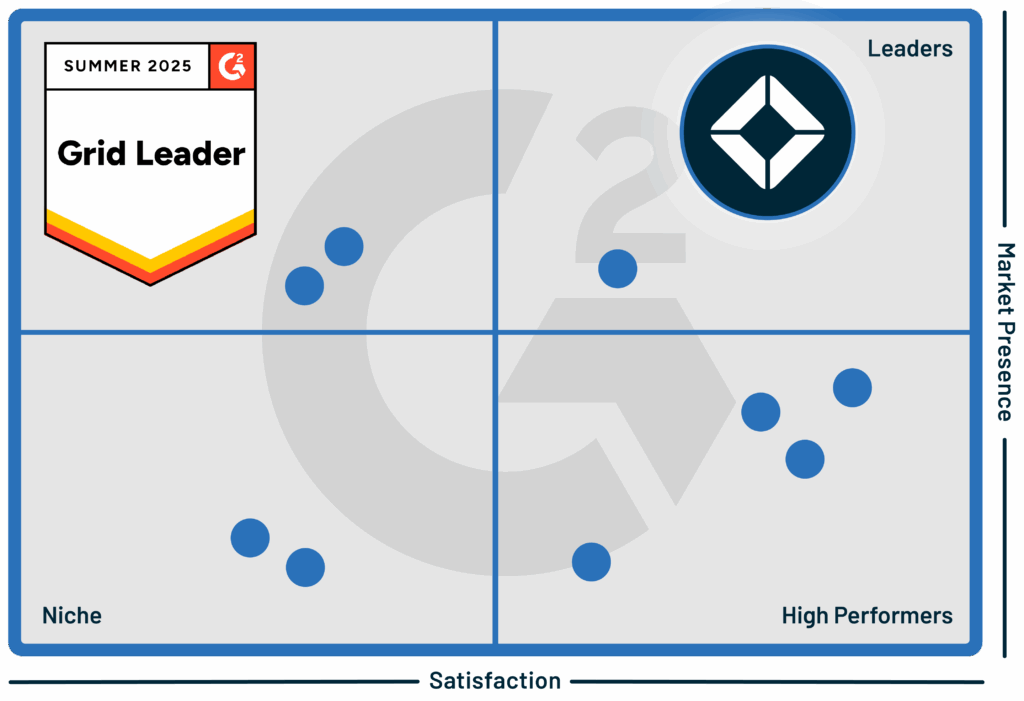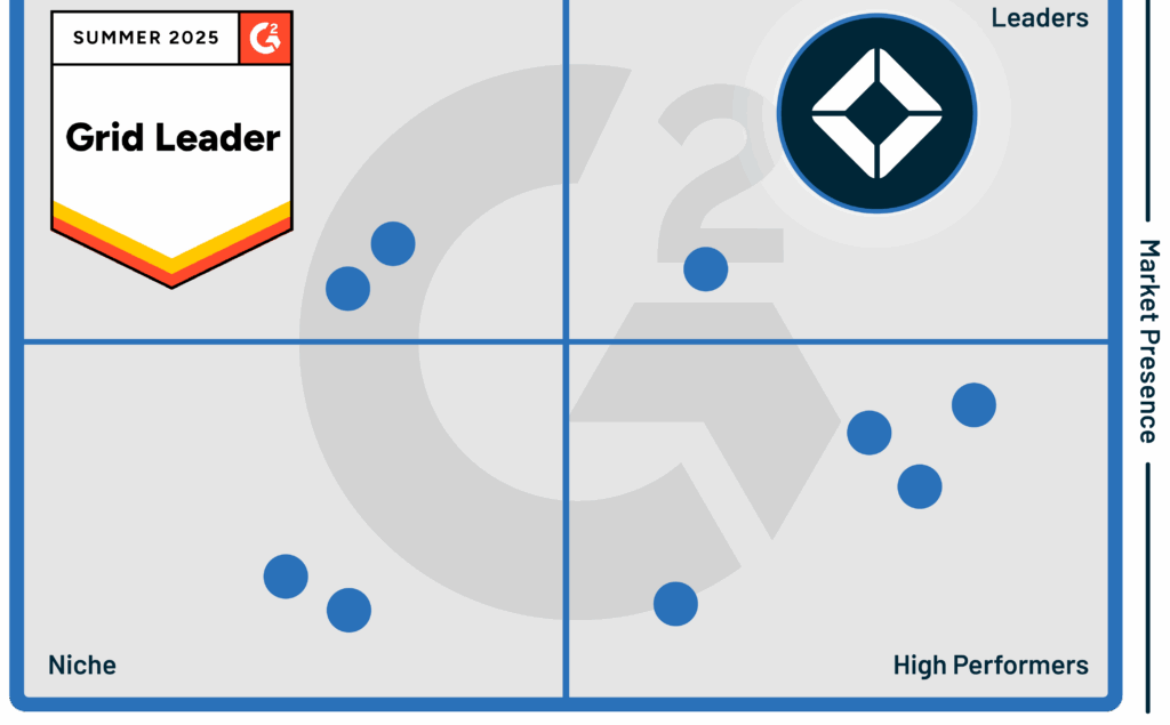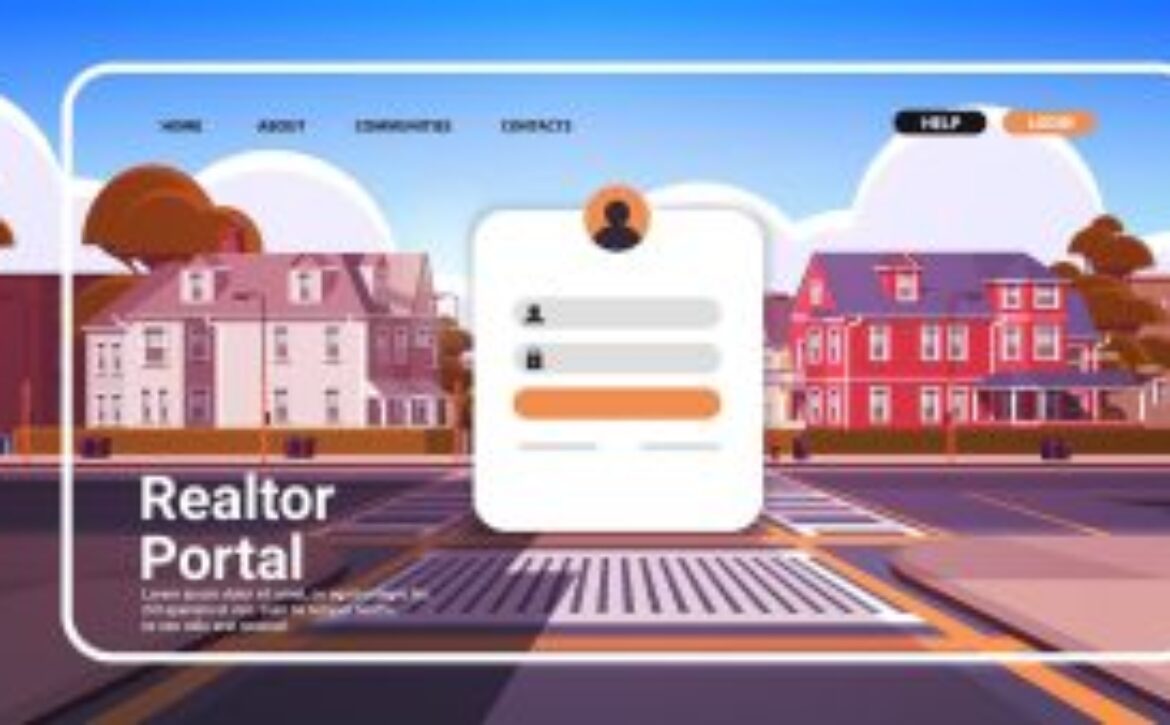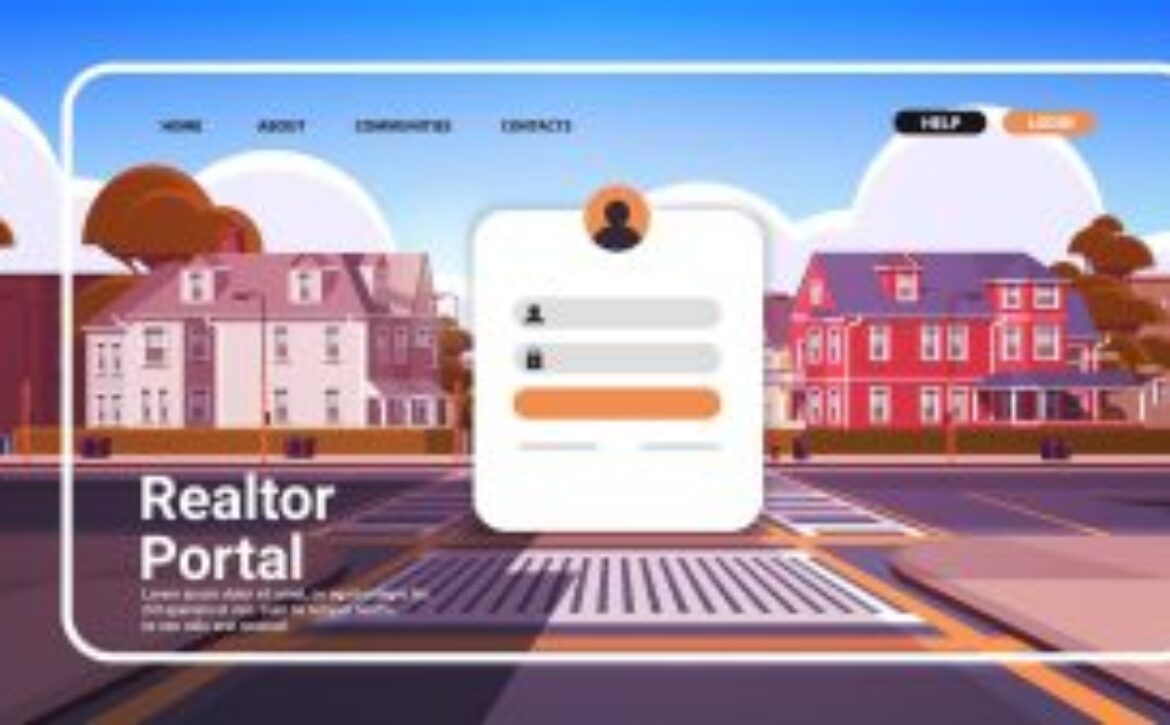G2 User Reviews Earn Total Expert a “2025 Summer Leader” Ranking
Total Expert has been recognized as the Mortgage CRM Leader in G2’s 2025 Summer Report. As the tech industry’s leading resource for user-generated software reviews, earning a “Leader” ranking from G2 is a huge accolade—especially in an industry where everyone claims to have the best tools and most innovative technology.
This is the 15th consecutive quarter that Total Expert has been recognized as the category leader, but that wouldn’t be possible without our incredible customers who use our platform every day. Your support, feedback, and passion help us continue to build the most innovative customer engagement platform in the financial services industry!
How are G2 rankings calculated?
G2 reviews are submitted by real users with first-hand experience using the software and platforms they’re reviewing and aggregated by G2 to determine category leaders. G2 defines a Mortgage CRM as “tailored software that understands the intricacies of the mortgage industry, and its purpose is to ease the daily responsibilities of loan officers.” Products shown on G2’s Grid® for Mortgage CRM are ranked by customer satisfaction (based on user reviews) and market presence (based on market share, seller size, and social impact).
According to G2: “The Grid® represents the democratic voice of real software users, rather than the subjective opinion of one analyst. G2 rates products from the Mortgage CRM category algorithmically based on data sourced from product reviews shared by G2 users and data aggregated from online sources and social networks.”
G2 Grid® for Mortgage CRM Software

Being recognized as a G2 category leader is a huge deal to everyone at Total Expert. But not because we get to post about it on LinkedIn. It’s important because it tells us that what we’re doing is working, that the platform we’re building is helping people, and that all the hard work we put in is paying off. So, thank you to everyone who has submitted a review, sent us feedback, and helped us continue to create the best platform that we can!
What are G2 users saying?
★★★★★ “The team is very client-centric and is always available to deliver amazing customer service.” – Jonathan E. | Read review
★★★★★ “Total Expert allows us to communicate with our membership directly and strategically motivate our members towards products and services that will benefit them directly. No more generic emails to large groups. Precise communication is key.” Lesli B. | Read review
★★★★★ “The platform allows us to leverage marketing solutions without the need to involve our entire marketing dept. We are able to move when the market moves and ensure our message is relevant.” Verified User in Banking | Read review
★★★★★ “Total Expert allows us to market to all of our members belonging to our credit union as well as any potential leads our loan officers are working with. From campaigns to emails & flyers. Everything we need is at our fingertips. Not to mention the customer intelligence side of things which is a super underrated tool that helps our loan officers immensely.” Carlos J. | Read review
★★★★★ “It’s helping me bridge the gap in my communication/marketing to potential clients, particularly the ones who I have not yet been able to get in contact with. Getting and keeping them engaged helps to increase both my contact rate and conversion. This results in more pre-approvals and refinance loans.” Mac V. | Read review
Get the full, unbiased story
The post G2 User Reviews Earn Total Expert a “2025 Summer Leader” Ranking appeared first on Total Expert.









